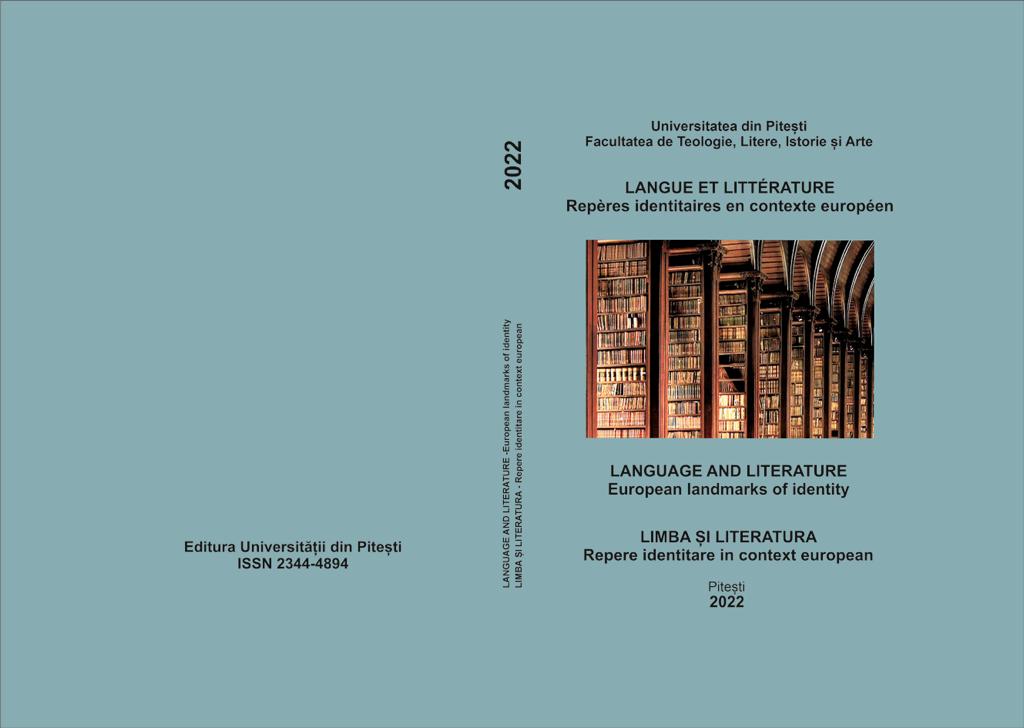GRAMMATICAL AMBIGUITIES IN REALIZING HUMOUR
GRAMMATICAL AMBIGUITIES IN REALIZING HUMOUR
Author(s): Madalina Cerban, Georgiana ReissSubject(s): Morphology, Language acquisition
Published by: Editura Universităţii din Piteşti
Keywords: humour; grammatical ambiguities; scope;
Summary/Abstract: Language is mostly used for serious business, but it can also be source of amusement. We use it to be funny, to be witty. Most people use a lot of colloquialisms for a start, funny idioms and other linguistic constructions that create comic situations. The humour and the play are part of normal language use. There are only a few situations where they are excluded, for example business letters. Interpreting a sentence involves taking each word to be a certain part of speech (for instance, noun or verb) and assigning some kind of structure to the sequence. However, it can happen that a certain sequence of nouns, verbs or other parts of speech can be assigned more than one structure, and the would-be comedian will immediately exploit this. In this paper we analyse the grammatical ambiguities as a source of humour. The paper discusses the morphological structures formed with the help of nouns and verbs, the suffix -s, the -ing forms of the verb, pronouns and their references and syntactic structures such as -ing clauses, coordination, and also the scope of these ambiguous structures.
Journal: LIMBA ȘI LITERATURA – REPERE IDENTITARE ÎN CONTEXT EUROPEAN
- Issue Year: 2022
- Issue No: 31
- Page Range: 9-13
- Page Count: 5
- Language: English

